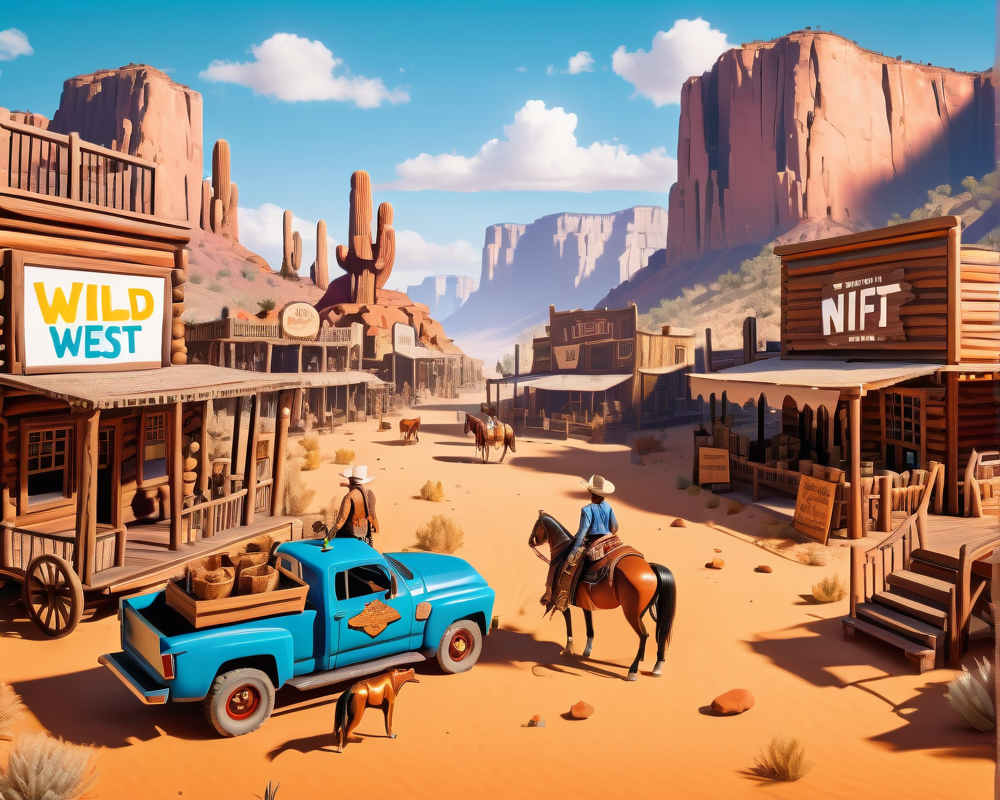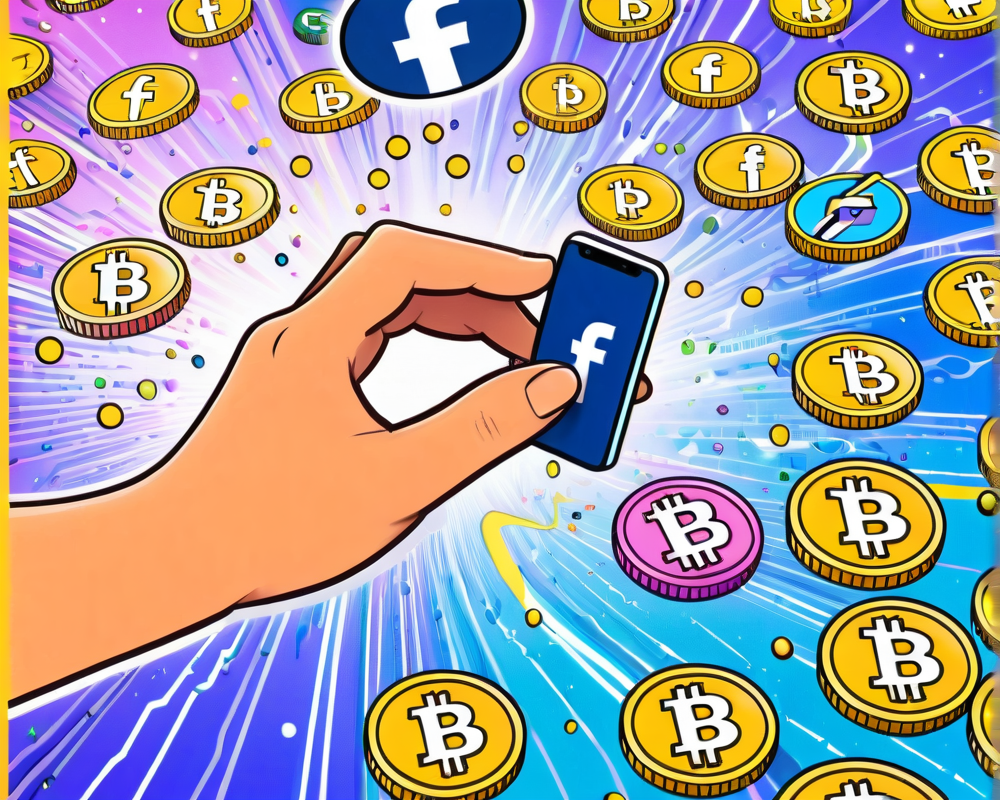Understanding the NFT Value Conundrum
Navigating the realm of NFTs is a bit like trying to find your way through a maze while blindfolded. Traditional metrics for valuing stocks or private companies just don’t cut it here. In the NFT universe, the last sale price might provide some insight, but predicting what the next buyer will pay is more of an educated guess than a science.
Rarity: The Jewel in the Crown
Rarity plays a crucial role in the perceived value of an NFT. The more unique an item is, the higher the likelihood that someone will fork over a hefty sum to possess it, especially if it’s associated with a renowned artist or celebrity. For instance, a one-of-a-kind digital artwork from a famous creator is likely to draw attention and bids faster than a digital emoji.
- Rare NFTs can include unique artworks, celebrity collaborations, and limited edition game items.
- Ownership provides a sense of distinction, especially for pieces like Beeple’s “Everyday’s The First 5000 Days”.
Using Utility to Gauge Value
Utility is the new buzzword in the NFT space. If an NFT serves a purpose beyond just sitting pretty on a digital wall, it’s more likely to accumulate value over time. Consider NFTs that represent real estate or in-game assets; their potential uses can significantly enhance their worth.
- Projects like Decentraland offer virtual land, demonstrating practical NFT application.
- As the NFT landscape evolves, expect new innovative uses to emerge.
Tangibility vs. Digital Exclusivity
An NFT’s association with real-world assets can ramp up its credibility and therefore its value. When buyers know they own something tied to a physical item, the perceived risk drops. For instance, NFTs that verify ownership of real estate can boast significant long-term potential compared to those that exist solely online.
The Weight of Social Proof
In the digital age, social proof carries a lot of weight. Checking a project’s online following can give you insight into its popularity and potential value. A project with thousands of followers is more likely to thrive than one with a handful of friends and family tagging along.
The Impact of Ownership History
The pedigree of an NFT can significantly affect its value. If a token has been owned by a celebrity or recognized collector, that history can make it more desirable. Marketplaces that provide ownership tracking can help buyers understand the story behind their potential purchase.
Navigating the Speculative Waters
There’s no denying that speculation fuels the NFT market. Just look at CryptoKitty #18’s wild ride from 9 ETH to 253 ETH in a matter of days! While a controversial element, speculation is woven into the fabric of finance—NFTs included.
Conclusion: Treading the NFT Landscape
As the NFT market develops, the frameworks for valuing these assets will likely shift and adapt. Always keep in mind that the perceived worth of an NFT can fluctuate wildly based on market sentiment—even if that seems nonsensical at times. The lesson here? When it comes to NFTs, do your homework, stay informed, and prepare for surprises.




